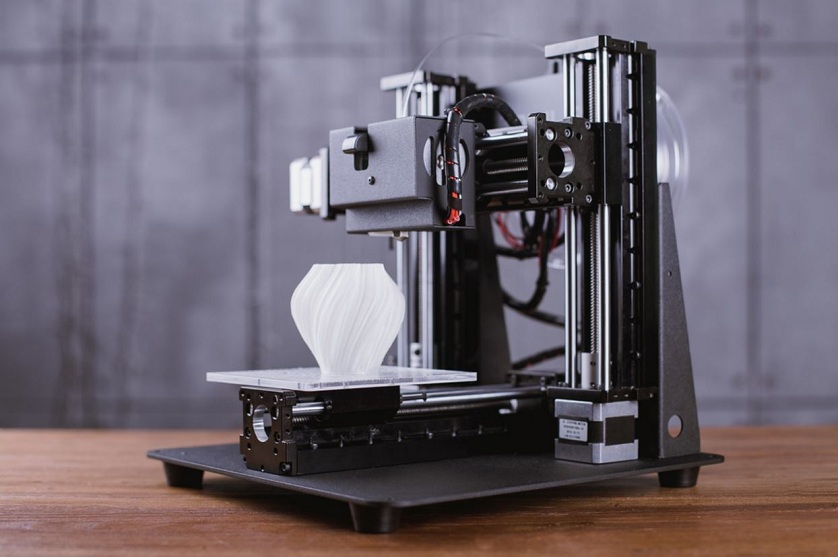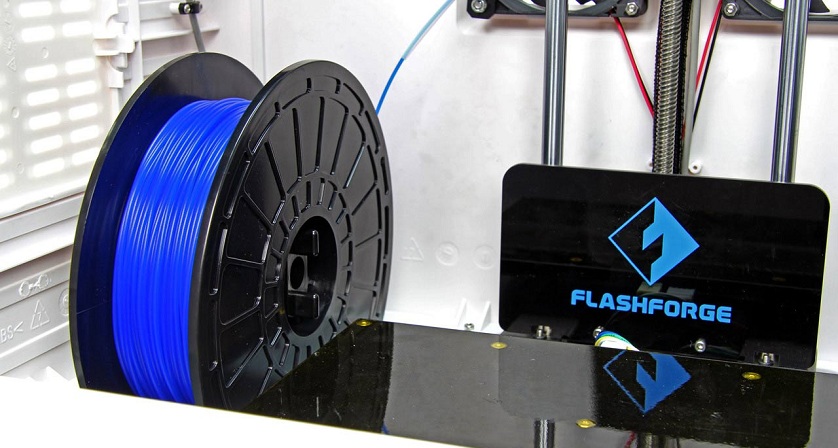3D printers and 3D printing technology are no longer exclusively used by engineers and scientists. Nowadays, as the demand grows their prices continue to fall and the technology keeps on improving at a rapid pace. Contrary to popular belief, 3D printers have been around for more than 30 years, but back in the day the process was called ‘stereolithography’. However, due to their affordability today, 3D printers are a common sight in libraries, schools and many homes.
If you’re looking to buy a 3D printer for your home, then you should first consider a couple of factors in order to make the right purchase. Not all 3D printers are equal regarding functionality, quality, materials or cost. So depending on your needs and budget, your choice will vary. A higher price doesn’t always equal better quality, so consider what you plan on building and your expectations. There are about 10 major 3D printing technologies, but for home use the two most popular and affordable options are SLA and FDM.

For 3D desktop printing, FDM is by far the most commonly utilised technology, simply because they’re the least expensive and the most widely available option. They print by heating and extruding a thermoplastic filament to create the item one layer at a time. After each cycle, the print table or 3D printer plates lower the object to make room for the next layer on top. The process is repeated until the 3D printer plates reach its finished height.

But even if your choice is an FDM printer, the amount of options available can still be overwhelming. There are a lot of companies that offer FDM printers, and their prices can vary greatly. So consider your budget beforehand, and look at printers that match it. The print material (filament rolls) is also relatively inexpensive and the technology is constantly evolving, which means there will be newer and better models on the market every so often.
SLA printers work differently than FDM printers, and they’re the more versatile type out of the two. They create items by exposing layers of photosensitive resins to an UV laser beam. In other words, liquid plastic is cooled down to solid form that eventually produces the 3D object. The printer constantly moves down by the exact thickness of a layer after each cycle of printing. Every new layer goes on top of the previous one until the product is finished.











